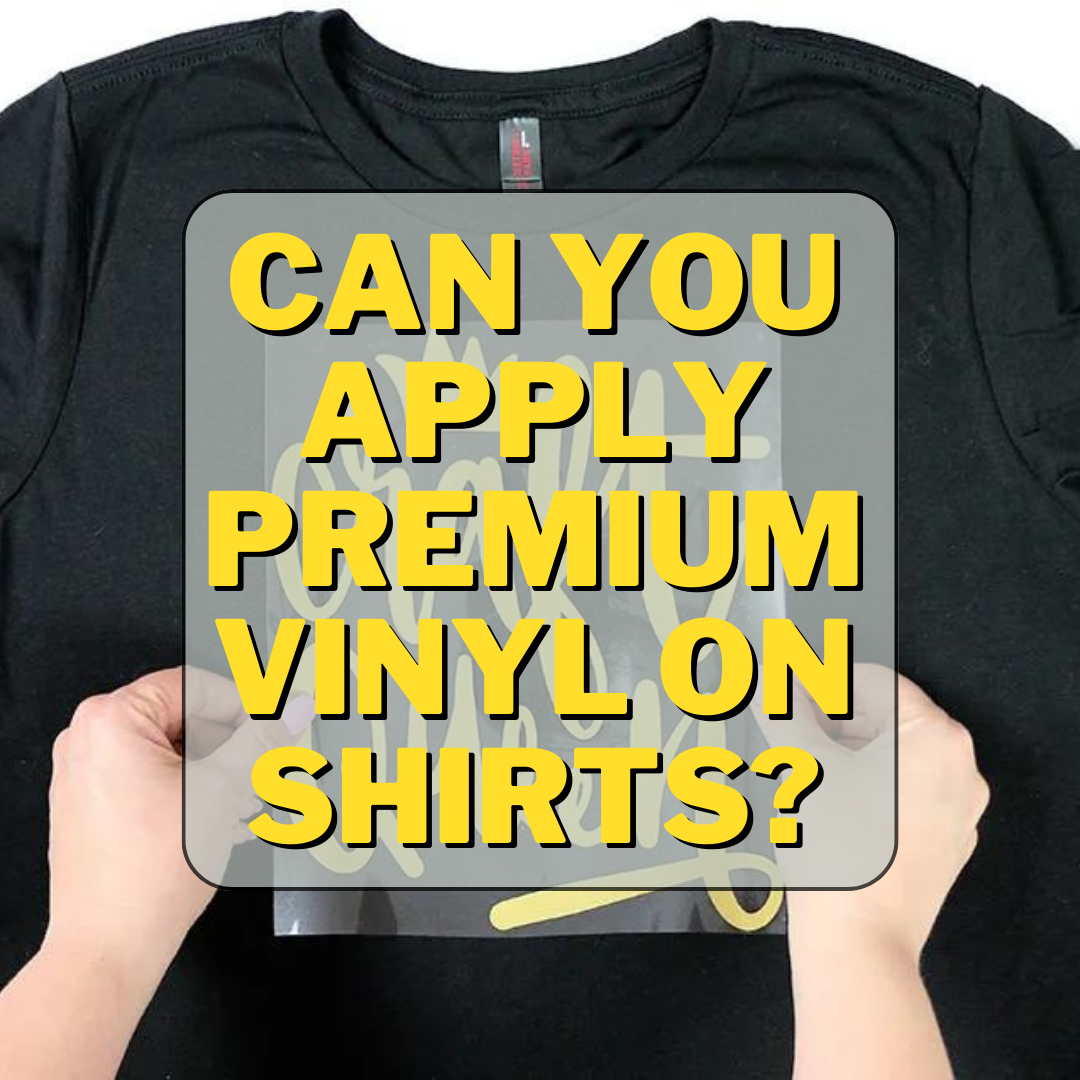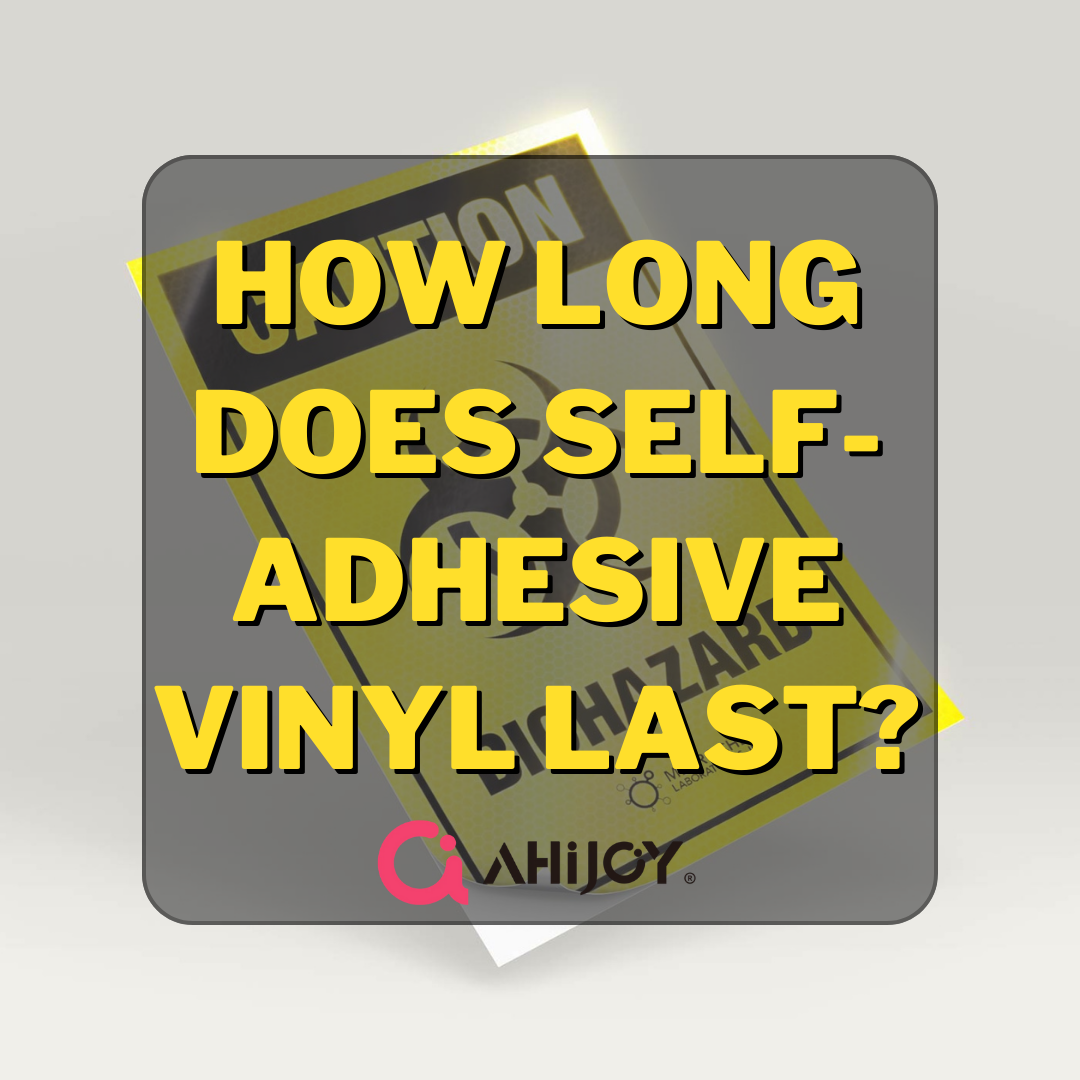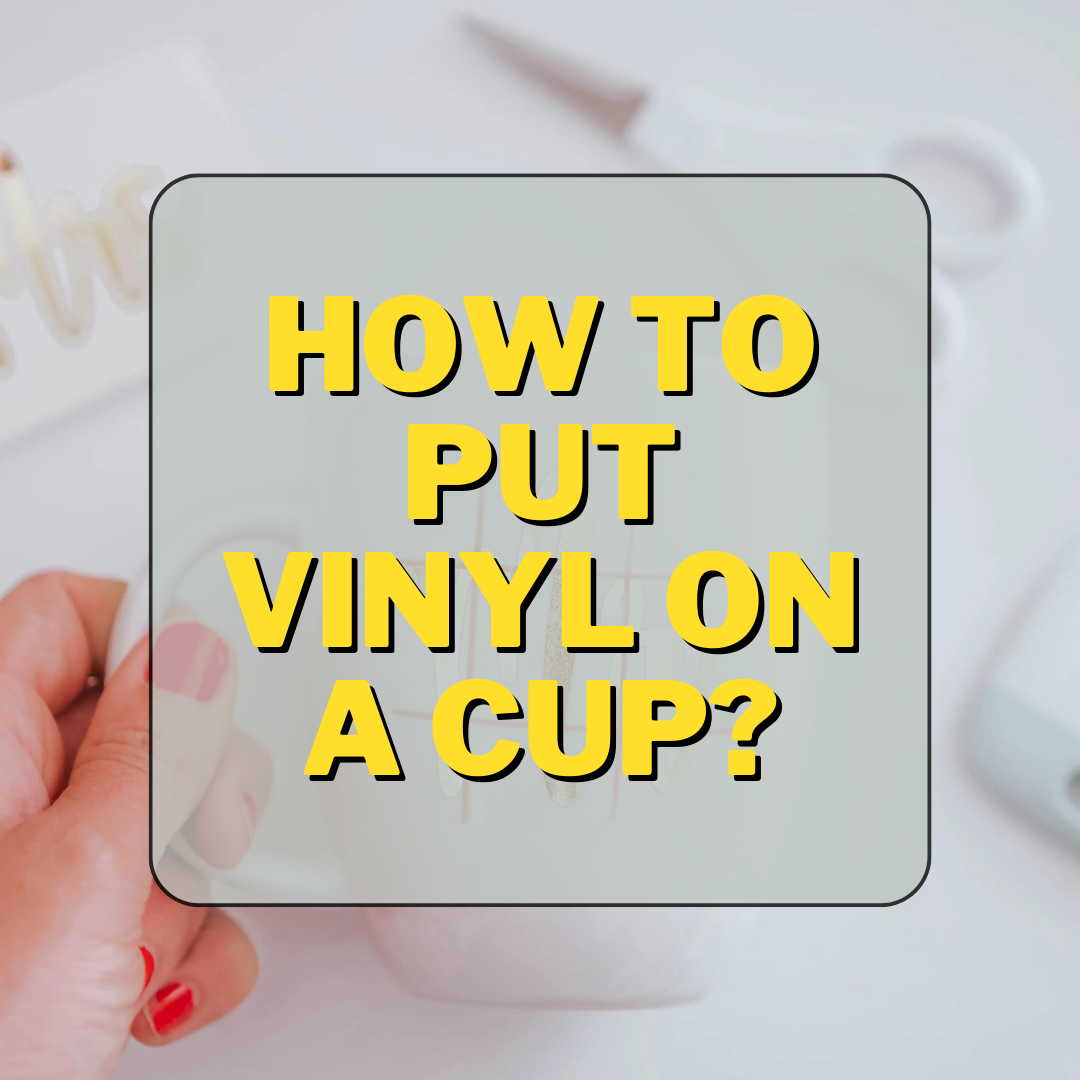posted by Ahijoy on January 03, 2022
Heat Transfer Vinyl Vs Screen Printing
Adorning fabrics with exquisite designs has been practiced since time immemorial. Various techniques have been employed to create beautiful and alluring masterpieces. Using heat transfer vinyl and screen printing are two such modes of embellishment. In this blog we will compare both to gauge their differences and decide which one is the best to employ.

We all have a love-hate relationship with that one boring basic shirt that teases us every time we ignore it while dressing up but we cannot let go of it either due to that comfort it gives or the easygoing personality it breathes. Do not let it just lie there uselessly. Jazz it up with some beautiful designs, texts, or patterns. You can do this with either heat transfer vinyl or screen printing. Both are absolutely easy and fun to work with. Let us explain the process and features of both these techniques.
Creating Designs Through Heat Transfer Vinyl
Heat transfer vinyl is a polymer used to create and apply designs onto specific fabrics such as cotton polyester and poly/cotton blends. It comes in the form of rolls and sheets in multifarious colors, finishes and patterns. It has a heat activated adhesive backing that adheres to a fabric enlivening its overall look. The design is cut using either an automated cutter such as Cricut or Silhouette, or a scissor and is transferred onto the substrate with a heat press machine. The right amount of heat and pressure is required for a successful transfer.

Transferring Designs Through Screen Printing
As the name suggests, in this method, ink is transferred through a mesh screen onto the fabric to produce a stenciled design. To create a simple design, a stencil is created on a mesh screen and then ink is pushed through it using a squeegee to transfer the design on the fabric underneath. Screen printing works best with natural fabrics such as 100% cotton. You can carry out this process by hand or using a machine but the basic method remains the same.
To create complex screens, skilled screen printers combine a computer image with a light-exposed emulsion. Screen printing produces lasting images on the fabric because it uses thick plastisol ink.
Differences Between HTV Transfer And Screen Printing
Both these processes of transferring designs are quite different from each other. The final product is also different in appearance and feel. Here’s where the contrast lies between HTV transfer and screen printing:

Required Supplies
The process of HTV can be carried out on a small scale using lesser supplies than screen printing. Only vinyl and heat press will do the job. You won’t even need a heat press machine if you want to transfer a simple design that can be cut with a scissor. Dry iron at home will do the job perfectly.
For basic screen printing, you need ink, emulsion, squeegee, and a mesh screen. Without these you will not be able to carry out the process.
For the basic method, less tools are required for HTV transfer than screen printing.
Durability
Products from both techniques sustain a good life. They are both water resistant and can survive well indoors and outdoors. Having said that, it is imperative to mention that the designs from screen printing last longer because the ink is completely absorbed by the fabric in this process.
The design created with HTV, on the other hand, is pasted on top of the fabric and not infused with it like the ink. Hence, it can get damaged with constant exposure to sunlight or harsh detergents. Special care has to be taken to maintain the fabric and ensure the longevity of the design.
Screen printing is more durable and long lasting than the designs transferred through HTV.
Colors And Designs
There is a wide variety of colors available in both heat transfer vinyl and screen printing. When using HTV, you can work with different finishes as well such as glossy, glitter, glow in the dark and so on. HTV also comes in different patterns such as stripes and polka dots. You can create amazing mix and match designs, both simple and intricate with different kinds of heat transfer vinyl.
In screen printing, there is a wide variety of colors available to choose from. You can create complex patterns with these without any hassle. The end product created through screen printing is more vibrant.
Both HTV and screen printing offer a wide variety of colors, however with HTV, you also get different finishes and patterns on the vinyl.

The Process Of Transfer
For both screen printing and HTV, the process of transfer is pretty simple. The difference comes when you decide to make a complex design with different colors.
In screen printing, creating a multi-colored intricate design is not an issue. On one screen you can use different colored inks at the same time on the same stencil and you will get a beautiful, vibrant design underneath on the fabric.
In HTV transfer, using different colors through layering is a tedious task. Firstly, there are certain HTV films that you can only use as the top layer such as glitter vinyl. For each layer, you will have to cut the vinyl separately and weed off the negative parts, which is time consuming and requires a lot of patience. Once the design is final, you will have to take utmost care of the right temperature and pressure for perfect layering of multi-colored designs.
Intricate, colorful designs can be created more easily in screen printing than in HTV transfer.

Budget Friendly
The cost efficiency of both the processes depends upon the output and the number of products created. If you want bulk production, screen printing is the best choice. For smaller projects, HTV is your buddy.
With HTV you will have to utilize new vinyl every time. The stenciled screens, however, can be used many times for the same design. Hence for larger quantities, one screen will do the job. This does not burn a hole in your pocket and requires less hard work as compared to using heat transfer vinyl.
For designing many fabrics, screen printing is more budget friendly than HTV. The former is beneficial both in terms of cost and time efficiency.
Speed Of The Process
Once your setup is ready and you have your fabric, ink and the screen in hand, the process of screen printing is much quicker. On the contrary, with HTV, you have to create a new cutout every time the same design has to be transferred onto a fabric. This design has to be weeded as well. Only the cutting can take several minutes considering the detailing of the design, so it is more time-consuming and hence better for less quantity.
When working with HTV, the colors involved in the pattern also affect the speed of the process. Suppose your pattern has two colors, you must cut, weed, and apply heat to each color separately. The challenging aspect is having to line up the components and colors. It will take a little extra time to get the alignment precisely correct. This means your production time for the same shirt with a two-color design doubles. Triple the time for a three-color design.
Screen printing is less time consuming especially for difficult and intricate designs than HTV transfer.

Frequently Asked Questions
The Final Verdict: Which Technique Is The Best?
This is a difficult question to answer and solely depends on the requirements of the crafter. Screen prints are visually different from HTV designs. If you just need to transform a fabric into a beautiful piece of art with different colors and textures or have a small order, and have time to spare, heat transfer vinyl will work best.
If your design has a complex pattern, requires a lot of colors and you have to produce it in a large quantity then go for screen printing. This will save you time and money, and will be more long lasting as well.



